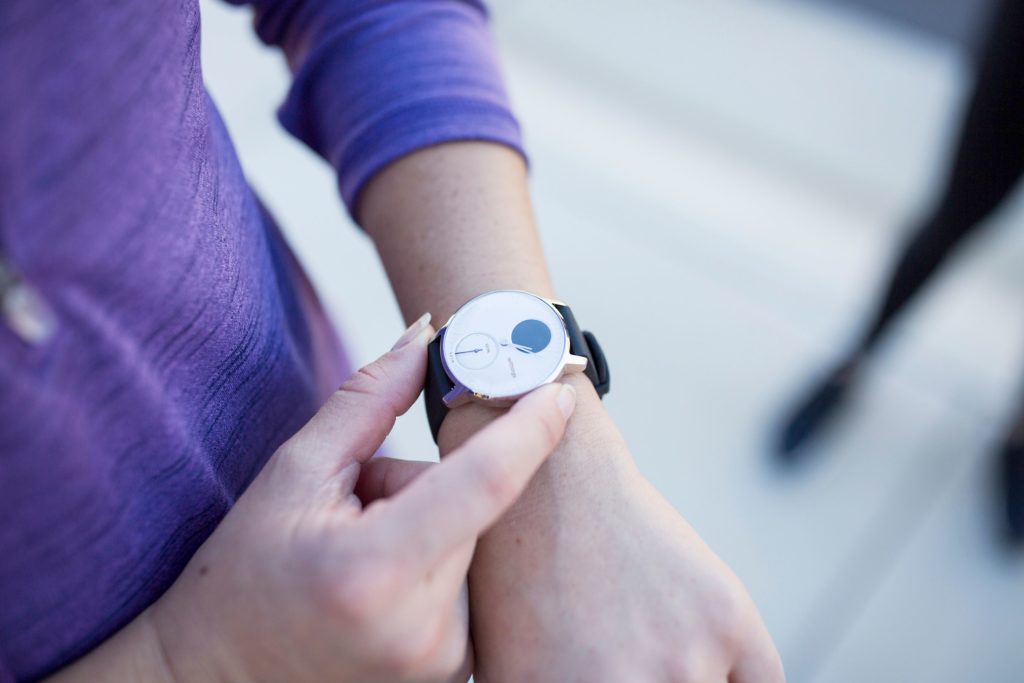
A collaboration between humans and machines
Artificial Intelligence is pushing the boundaries of what machines can achieve. Tasks that were once performed by humans are now entrusted to computers. Big technology improvements are closing the gap between people and machines, with computers today being able to analyse images, understand languages, process semantic information and much more.

We have seen the rise of machine capabilities from the early applications in chess games by IBM to the recent AlphaGo project by DeepMind. Machines haven’t merely improved the computing power but also developed human skills such as reasoning and problem-solving.
Many companies are working hard to achieve Artificial Intelligence dominance, with many people being concerned that improvements in machine power will be unstoppable, despite there not being any demonstrated reasons for concern. AI will not compete with humans yet there will be a strong collaboration in order to perform tasks together, achieving greater results, with greater safety and precision.
Today, leaders in the AI field are those with the greatest amount of data. Amazon, Google and Apple apply their impressive data set to undertake predictive actions and improve people’s experience. AI leaders are not working to provide human substitution but continue to always put humans at the centre of all design processes.
Before thinking about applications and solutions, designers have to know who will be the final user, what the user’s needs are and — most importantly — have to deeply understand how users perform tasks.
Designers have to evaluate all the tools employed in the customer journey and apply Artificial Intelligence to that process in order to result in better experiences.
Digital Healthcare

Healthcare is the perfect context for AI applications. Several companies are currently working on integrating medical activities with Machine Learning.
Empatica created a FDA-approved smartwatch for epilepsy monitoring; SkinVision developed a service for skin cancer prevention using smartphone cameras, Withings created the world’s first analogue watch with a built-in electrocardiogram to detect atrial fibrillation.
According to R. Ascione, CEO of Healthware Group, Artificial Intelligence is empowering healthcare to the extent that it is difficult to think of any area of our lives that might not one day be affected by Artificial Intelligence, with an exponential rise in recent years having already seen AI become increasingly embedded in healthcare.
Doctors can collaborate with machines in analysing medical results and predicting possible illness. Designing a service for medical purposes means understanding how doctors make decisions. Designers who create solutions using AI will have to make a choice in terms of the data to provide in training and how to set up the judgement process.
Training
Availing of the wrong training set could lead to truly bad results. In 2016, Microsoft developed an experimental AI project called Tay, a project aimed towards developing a bot cable of tweeting with real people.
Unfortunately, the training set provided by Microsoft was not “clean”, resulting in the bot autonomously learning from all messages on Twitter, including offensive and racist tweets. As a result, the robot began issuing racist and sexually-charged messages, causing Microsoft to shut down the service only 16 hours after its launch.
As humans, we have to choose proper training for machine learning in the same way we educate our children, providing good role models.
Judgement
After choosing the right data sets, designers have to understand how to create the judgement process since the data will produce results after analysing a great deal of data. Yet before taking action, we must understand why the machine makes such a decision.
Ajay Agrawal, Avi Goldfarb and Joshua Gans, authors of Prediction Machine, provide several examples of the judgement process in general intelligence, with one of the most fascinating concerning the game of chess.
After some AI training in the chess game, Garry Kasparov noticed computers tended to sacrifice the queen within a few moves from the game beginning. This happened because the computer imitated the moves of grandmasters, noting that a winning move with a high probability of success, yet chess grandmasters decide to sacrifice the queen only when they are sure they are set to win. Hence, machines had the right data set but not the right decision-making model.
The future
We are in the midst of a big shift, with computer power and Artificial Intelligence on the rise. We have to choose how to apply this powerful technology to be sure it is used in a good way, so that our future shall be designed by us and not by machines.
The future will be owned by those who AI dominance. China has planned investments to be an AI leader by 2030. In the meantime, Elon Musk and Sam Altman have founded a company called OpenAi with the aim of promoting and developing friendly AI in such a way as to benefit humanity as a whole.
We have to choose the future we want and permit machines to help us fulfil our lives.
- https://en.wikipedia.org/wiki/Deep_Blue_(chess_computer)
- https://deepmind.com/research/case-studies/alphago-the-story-so- far
- https://www.empatica.com/en-gb/
- https://www.skinvision.com/
- https://www.withings.com/it/en/
- https://pharmaphorum.com/views-analysis-digital/how-artificial- intelligence-is-empowering-healthcare/
- https://en.wikipedia.org/wiki/Tay_(bot)
- https://www.bbc.com/news/technology-35890188
- https://www.predictionmachines.ai/
- https://www.nytimes.com/2017/07/20/business/china-artificial- intelligence.html
- https://openai.com/